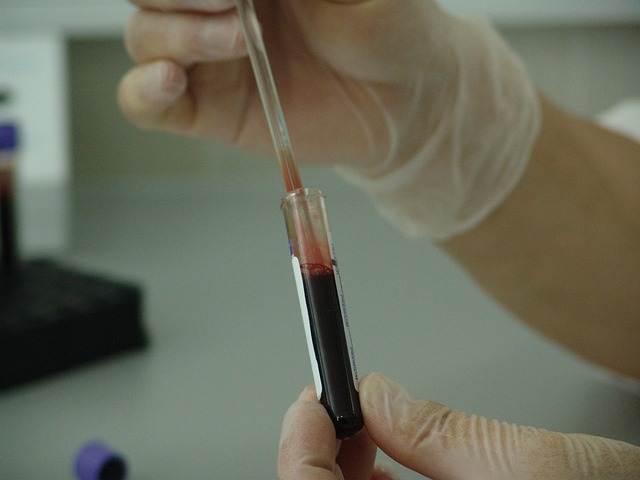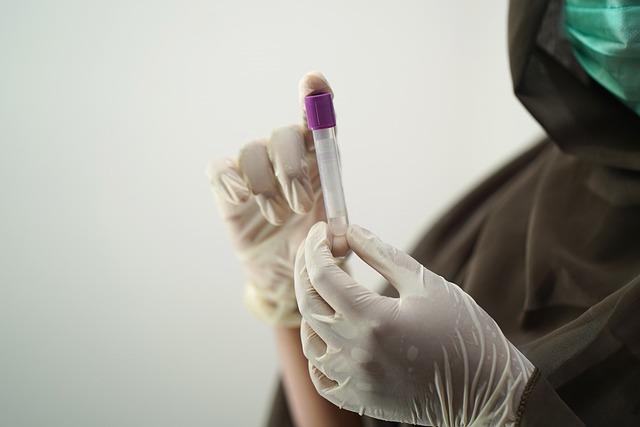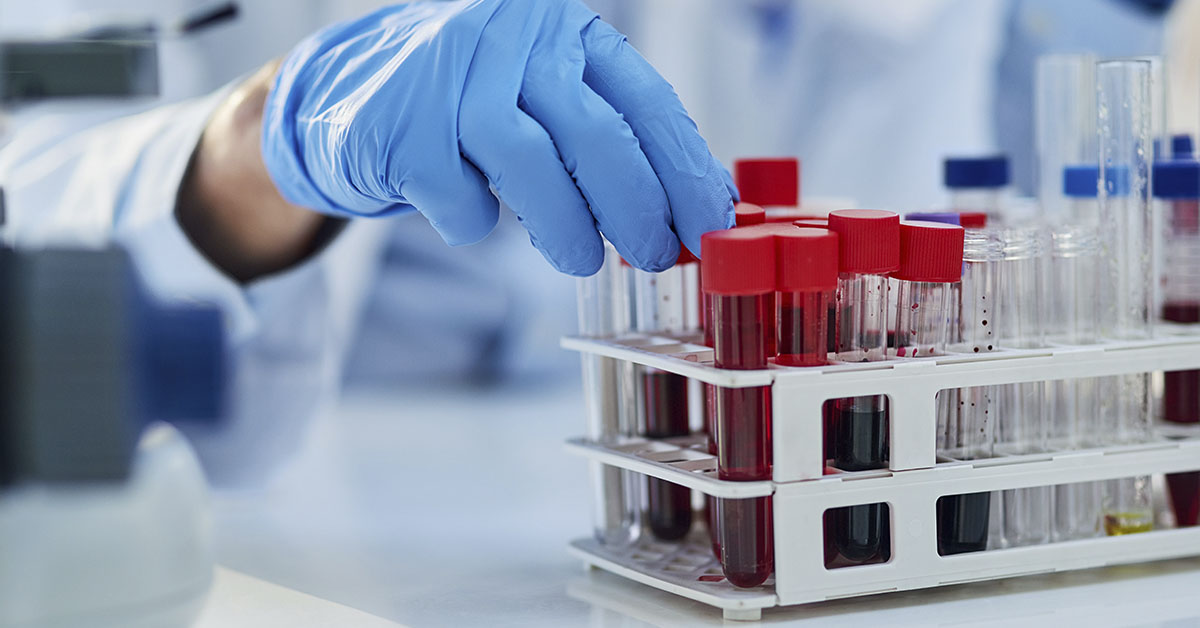Most of us are aware of the ABO blood group system, which identifies whether your blood has A, B, both, or neither antigens. However, this is not the only blood group system , with some of them being incredibly complex and rare. In fact, there are actually more than 43 known blood group systems that we are aware of. Recently, a decades-old mystery was solved when scientists discovered a new blood group. In 1972, a pregnant woman’s blood sample revealed that her blood was missing a particular surface molecule present on all the other known red blood cells at that time. This eventually led to the discovery of a new blood group system more than 50 years later.
Read More: Which Blood Type is The Rarest? Here Are The Least to Most Common Blood Types
The Discovery of The New Blood Group

In 2024, researchers from Israel and the United Kingdom published a paper about the discovery of a newly discovered human blood group. The establishment of this new blood group system will enable health practitioners to offer their patients within this group the best care possible. Based on the large range of cell-surface proteins and sugars coating our blood cells, we can be divided into many different blood group systems. Our bodies are able to analyze these antigen molecules to identify specific markers that distinguish the self from potential harmful threats. This knowledge is particularly crucial when receiving a blood transfusion, since there can be severe reactions if the markers don’t match up, even sometimes fatal.
The majority of the groups we know of today were identified in the 20th century. Many more were discovered after that too, such as the one first described by researchers in 2022. This group was classified as the Er blood system, and as with the new blood group, only impacts a small percentage of the population. Since these genetic cases are so rare, finding these groups was often difficult work. For example the pregnant woman’s blood from the 1972 mystery was missing the AnWj antigen that is present in 99.9% of the population. This antigen can be found on a myelin and lymphocyte protein, which led to the researchers calling the system the MAL blood group.
Read More: Study Finds People with Certain Blood Type Are Prone to Early Stroke
The MAL Blood Group

A small percentage of people end up with AnWj-negative blood type if both copies of their MAL genes are mutated. However, the team also identified three patients in the MAL blood group who didn’t have this mutation. This suggests that on some occasions, these blood disorders can also result in the suppression of the antigen. According to Tim Satchwell, a call biologist form the University of West England, “MAL is a very small protein with some interesting properties which made it difficult to identify and meant we needed to pursue multiple lines of investigation to accumulate the proof we needed to establish this new group system”.
To find out if they had the correct gene, the researchers inserted the normal MAL gene into AnWj-negative blood cells. This delivered the AnWj antigen into the cells effectively. The MAL protein plays a pivotal role in the stabilization of cell membranes and assists in the transportation of cells. Previous studies also revealed that AnWj is not yet present in newborn babies, but emerges shortly after birth. Now that the MAL mutation genetic markers have been identified, people can be tested to see if their blood type is inherited or perhaps a sign of an underlying condition.
Read More: Understanding the Link Between Your Blood Type and Health

